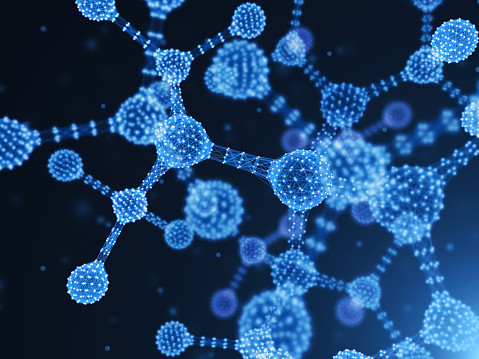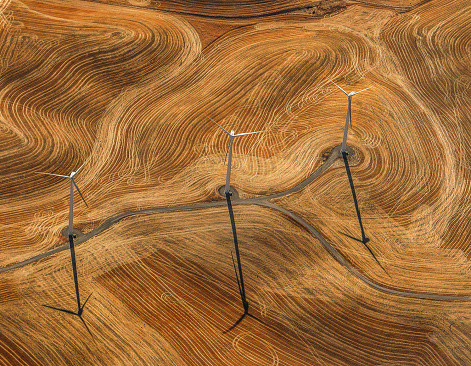
With belief in the infinite advance of science and industry, design over time relegated a part of its conscience to blindly commit to the quest for progress and the comforts of a more pleasant life. However, the most visible manifestation of our perpetual search for improvement–our industry–has come to a critical point of development. Are the benefits of industrialization at their height, equal to the damage that has been done in our world? And how did this occur?
The Renaissance of the 14th to 17th centuries gives elements of the answer. Art was to be our conscience in the world. It became our part of God, nature or all things incomprehensible in the face of common acts of men. The artist was at the heart of the creative experience–poesis–to get lost in oneself and alone face the uncertainty of our condition. Next, praxis left questioning behind, going back to the world and our responsibilities and giving it over to science for a solution. Finally comes the making, the representation of the new equation of knowledge and technical progress–the aesthetic.
When art is inscribed in techniques and science, it is called design. It is human thought inventing and creating. The process reconciles the artist’s act and suffering to take the human condition and nature in the world as it is. But there is no compromise with other entities that humans rub shoulders with, no consideration of what might underlie the human’s total inscription in the ecosystem.
But the world we live in today has become artificial by our invention. It offers no other externalities than our human nature. The world has become our manifestation. There is no more nature, but instead a dialogue, constantly renewed, with the elements and devices of our self-created living environments. Our dialogue is with an artificial world, because there is no more true opposition between natural and artificial.
The human evolves at the heart of the artificial we have created. It is built on a nature that has been de-natured—hybridization achieved through systematic convocation of all resources. Natural resources, materials, processes and systems proven through millennia, all the way up to our current way of thinking, are redefining (with bio-mimicry, but also more humble means) a new contract with industry.

Could we create a harmonious vision of our well-being, a vision totally without impact or negative imprint on what surrounds us? Could we design towards this, rather than an unequal and arbitrary well-being built on predation and alienation of all the natural ecosystems around us? Caution! In a re-invented symbiosis, design will operate only in harmony and fulfillment of the exhaustive conditions of our experiences.
We can choose to continue with ever more science, ever more processes or ever more instrumentation of nature with the only criteria being how useful it is for progress. Or, we can believe in a new way of thinking that comes from us, our inner journey, taming our inner anxiety by ceasing to believe that the solution lies “elsewhere,” whereas it is truly within us. Our creative ability, our inventiveness must come first; with science to help, we must no longer let software without artistic thought guide us, but rather have the creative, the aesthetic, precede all our industry acts.
The art that had been disqualified as a vector of our questioning after the Renaissance by the industrial era now again becomes essential in a new Industry Renaissance. Once again, the deep bonds of art resurface at the very heart of technology and industry.
The posture of art, of the artist, of the craftsman, of design is now changed. Art and design must now contribute to our creation and our re-foundation: the designer questioning how we can behave more as a repairer of our acts and impacts, rather than a perpetual discoverer and conqueror.
Design never dissociates concepts and technical devices from the principles of organizations and social modes of thought. The design of the designer is not the design of the user. It is essential to understand what design can do—not anymore just an aesthetic generator for the viewer, but a maker implementing our most intimate thoughts holistically in our relationship to the world.
Design is futuring in the sense that it shows us viable possibility. Design is a story-maker. It can offer options for better resilience or even regenerate modes of existence. Creating the future in the present, design mediates between thinking and processes, and is essential to the reversal, the re-generation of our environment. The achievements of designers are direct manifestations of what design thinking does and can project by seizing the means and techniques for the well-being of all and the survival of the world.

In the Age of Experience, the present is everywhere, the future uncertain. The urgency is that we must question our experiences, not in their quality, but in what they contribute—the level of what they contain in positive and negative imprints and impacts on nature, the world and our kind. Dassault Systèmes’ Design in the Age of Experience event at Milan Design Week in April will present design as a force for positive change with significant societal and environmental impacts. The event will showcase technologies and business approaches critical to creating a built and living environment that delivers not only great performance, but also elevates the human experience.
Our quest for progress cannot be disconnected from our environment. We have to think beyond the product,service and consider how it will affect nature and our world. The goal can no longer be to limit negative impacts. The goal must be to generate positive impacts on matter, the human, space, the art of living and society going forward.
Join Dassault Systèmes for Design in the Age of Experience, April 8-14 in Milan, and discover how leading companies are changing the rules of design, accelerating sustainable innovation, and creating a better life.
Experience an iconic design installation created by Morphosis Architects —Thom MAYNE, Kerenza HARRIS, Eric MEYER and Atsushi SUGIUCHI—challenging the design community to Design for Life.
Become part of the discussion at our series of Future Talks, Open Conversations and Design Stories.
Be inspired by new design solutions from our hackathon challenge and solution playground.
For full details and to register online, please check our website.
Save the date and make your plans to join the journey!
